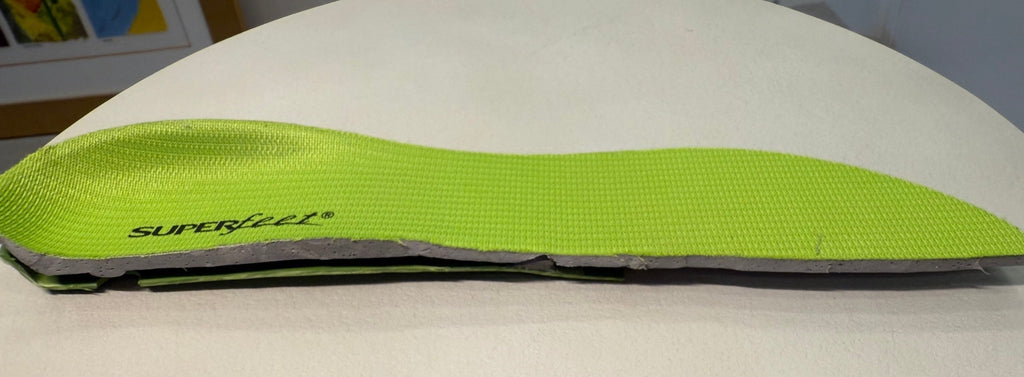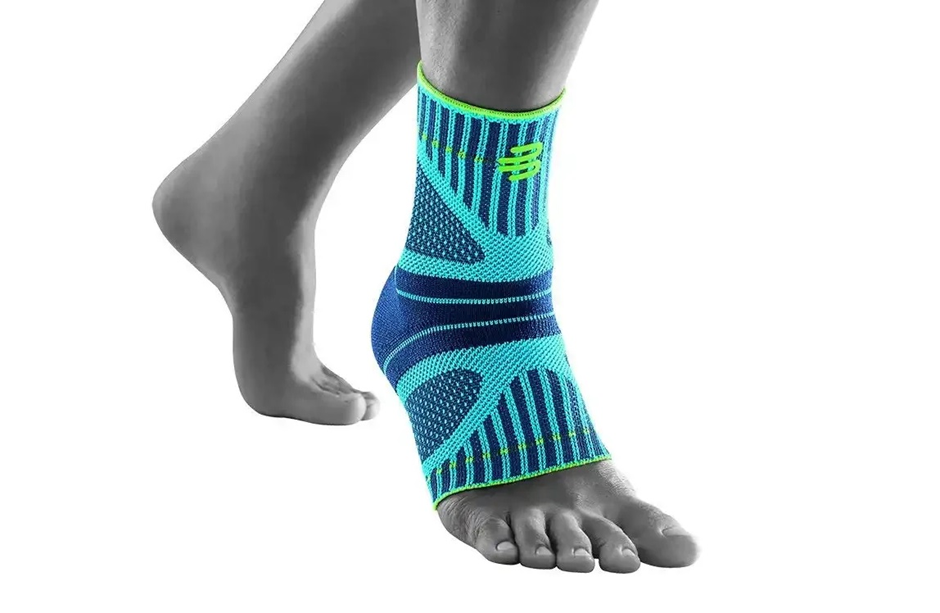How to Clean Orthotics
Cleaning your orthotics, insoles, and custom orthotics should be simple and easy. An orthotic is a device used to treat, relieve pain, or prevent further deterioration of foot deformities like plantar fasciitis, flat feet, corns and calluses, high arch feet, and osteoarthritis.
While orthotics are simple, often small-sized, they provide immense relief to people with foot deformities and other medical conditions like back pain.
Hence, they should be cared for properly to avoid quick damage.
How to Clean Orthotics
Follow these steps to clean your orthotic devices:
Step 1: Mix a solution of water and mild soap.
A liquid, bathing, or any other mild soap is enough to clean your orthotics. Do not use strong detergents, as they can damage the top layer of your orthotic device.
Step 2: Get a clean cloth.
Find a clean cloth. You should have a special cloth for cleaning your orthotic device.
Step 3: Clean
Tap the water solution with the cloth, gently squeeze it, and clean your orthotics.
Step 4: Dry
Dry your device. Make sure it's laid flat to prevent it from losing its shape.
Things You Should Not Do When Cleaning Your Orthotics:
-
Please do not use a hard brush or even a toothbrush, as these can affect the texture of the surface, making it coarse and inconvenient for your foot.
-
Always use a mild soap.
-
Clean regularly so that your device will never need a thorny scrub.
-
For the best hygiene, you should clean your orthotics and socks every time you wear them. Wearing socks and orthotics more than once can make them smell. You can also get multiple socks and orthotics to rotate them.
Why You Should Clean Your Orthotics Properly
There are several reasons why you should care for your orthotics. Let’s explore them:
Orthotic devices are not always insured: While orthotic devices can relieve people with several foot conditions and deformities, your insurance may only cover a device that addresses the medical condition causing the deformity and pain. Like most over-the-counter orthotics, devices meant for foot comfort are not covered by insurance. Since orthotics can be expensive, it's wise to clean them frequently and use them properly.
Skin infection: Dirty orthotics gather dirt and dust and can quickly become a breeding ground for germs. For example, you can get fungal infections like athlete's foot and bacterial infections like staph from consistently wearing and not cleaning your orthotics.
Unclean orthotics naturally smell foul: If you do not clean your orthotic, socks, and shoes smell when you pull them off. While there may be no medical repercussions for this, it's socially irresponsible.
Quick spoilage: A dirty orthotic may degrade quicker due to the accumulation of sweat, debris, and grime, reducing its ability to protect the foot. Your orthotic is just like your sock. Imagine wearing them for weeks without washing – they become hard and abrasive, and the feel of the skin will no longer be smooth and comforting. It may spoil faster if the orthotic comprises foam, gel, or other soft and easily degradable material.
Dirty orthotics can also increase the potential of the foot having calluses and ulcers, further worsening the already bad foot condition you are trying to treat.
Hand Washing Vs. Machine Washing: Which Is the Best?
Hand washing is the best option for cleaning your orthotics. While washing with a cloth machine may be fast, it can easily damage your orthotics.
Washing machines use spinning technology, letting clothes speedily roll across rigid boards. The process is fast, but letting your orthotic device hit a washing machine board can damage it, even for firm orthotics.
In addition, many orthotic makers explicitly state that washing your orthotic with a machine will void the warranty. Beyond the safety of the orthotics and warranty, hand washing helps you clean spots with sweat marks or debris accumulation, resulting in a cleaner and better-smelling device.
Using Deodorants for Your Orthotics
Washing your orthotics keeps them clean, but you can use friendly deodorant to ensure they smell good, both in use and after use. Several deodorants will help you achieve a fresh smell.
-
Baking soda: Baking soda, a common home ingredient, can combat smell and help eliminate bacteria. To use, place your orthotic in a bag of baking soda and shake gently. Leave it for at least eight hours. In the morning, wipe off the baking soda with a dry cloth or shake it off. Clean the residue with a damp cloth.
-
Sprays: There are sprays in the market created specifically for orthotics. Before use, spray the orthotic, leave it to dry, and then use it.
-
Essential oils: Essential oils are the best choice for more intense scents. There are many fragrances of oils – and they last longer than sprays. To apply, spray the oil evenly on the orthotic and let it dry and wear. Essential oils are also great for your socks and shoes.
-
Vinegar: Vinegar is another home remedy for smelly orthotics. Use. Mix three teaspoons of vinegar in half a cup of water. Soak a cloth in the solution, squeeze thoroughly, and clean the orthotic with the fabric. Let it dry.
-
Freezer: Your freezer can also remove stubborn smells from your orthotic. Place the orthotic in a plastic bag and leave it in the freezer overnight. Remove from a plastic bag in the morning and place it in a well-ventilated part of the house. Let it dry.
-
Silica gel: Silica gels are great for shoes, socks, and orthotics. When you pull them off, place a silica gel in your shoe, letting them absorb the scent.
Do note that deodorizing your orthotic devices doesn't replace washing them. Wash them to remove dirt, bacteria, and fungi completely – and to protect your foot.
General Tips to Take Care of Your Orthotics
-
Always use shoes that are recommended for your orthotics. Using ill-fitting shoes will affect your leg and can deform the device.
-
If you undergo extreme body changes like surgery, weight gain, or weight loss, contact your doctor to confirm if your orthotics still fit.
-
Do not dry your orthotics under direct sunlight.
-
Never use a spinner to dry your orthotics.
Conclusion
Maintaining a regular and consistent cleaning schedule is essential when caring for your orthotics. Regular cleaning keeps germs away, protecting the orthotic and your foot.
When you wear your orthotics for a long time without cleaning, the outermost layer may change color and texture, becoming coarse and causing considerable discomfort to your foot. Lastly, you must consistently deodorize the device, your socks, and your shoes so that your feet smell nice when you pull off your shoes.




